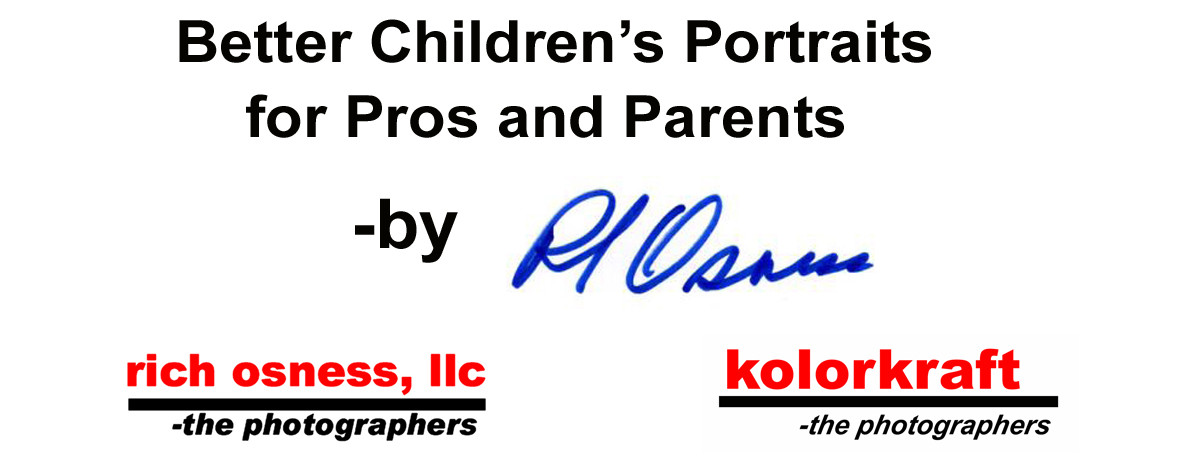The sequence of poses can affect both the speed with which you work and the quality of the expressions you get.
Many years ago I did the poses in a sequence that would require less adjustment of the equipment. If I finished one sitting with a double exposure I would start the next sitting with a double exposure. I thought it would require less moving of the equipment and thus would be more efficient. I no longer think that is true. Now I do all posing in the sequence that I think will be the most comfortable for the subject. It gives me better results in less time. Psychology is more important than physics.
My posing sequence starts with the simplest pose and progresses to poses that may be more awkward for the subject. I do the ones that are more likely to be successful first. This allows the subject and me to become more comfortable with each other. If a pose seems uncomfortable for the subject, I move on to something else instead. I may come back to that pose later if I think it may be successful. Every subject is different. The sequence I normally use may not be the best for every person.
In the pictures accompanying this post. I did them from left to right. There may seem to be some concessions to moving equipment. The full length poses were done first and the three with the arm posing table were done second. But for the second part of the fourth pose I moved out the arm posing table and moved the lights and subject around for the secondary image of the double exposure before I moved the lights and arm posing table back to do the last pose.
Using film it was necessary to do all exposures on a frame of film consecutively when creating multiple exposures. With digital we now put the images together in photo shop or some similar program. I still do them in that order because it is more comfortable for the subject.
The poses I use and the order in which I do them will vary from subject to subject depending upon my initial assessment of the subject. This may change as I become more familiar with the subject. If I abandon a pose it is important to not let the subject feel they have failed. They haven’t. It just wasn’t the pose for them at that time.
An extreme example of this occurred a few years ago when a photographer watched me work for the first time. The first few children came in to the room and I had them sit down next to the posing table while I got to know them. I picked a three or four year old girl to go first based on the children’s behavior while they were sitting together in a group.
When I put her on the table she became much less comfortable. I moved her through a series of poses without taking a shot. The photographer noticed that I was not taking any pictures and looked puzzled. I smiled and nodded at him without describing what I was doing. Chris, the photographer, waited to see what I would do without either of us saying a word. After taking her off the table and telling her she had done great, I photographed all the other children before putting her on the table again. She did great. It was a mistake to pick her to go first. But taking her off the table too quickly might have made her even more uncomfortable.
Having the correct plan will make you more efficient and the subject more comfortable. Be prepared to adjust your posing to how the subject is reacting to it. Everyone is different.

